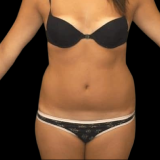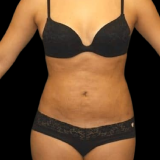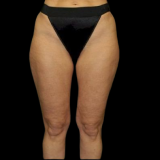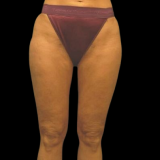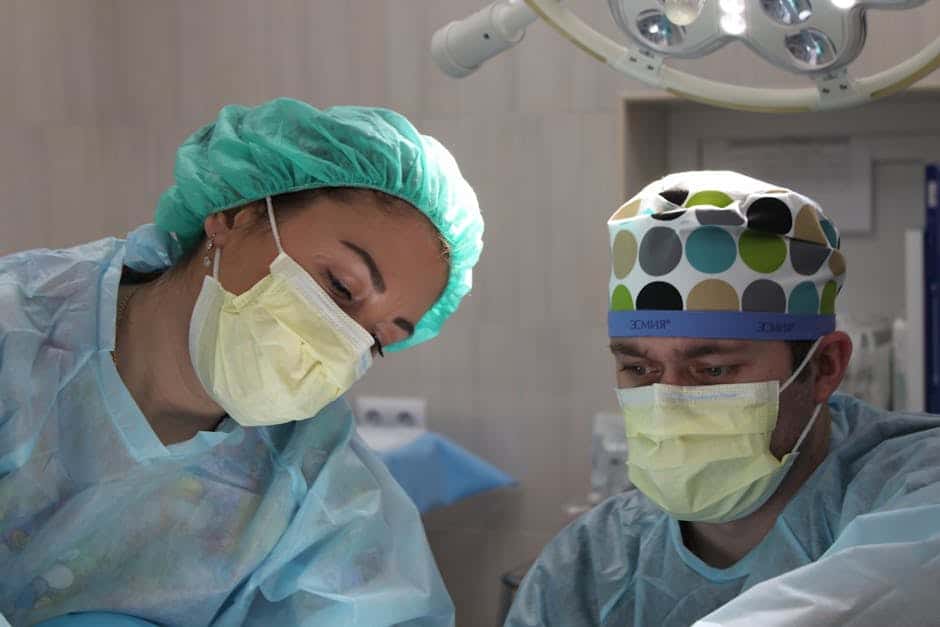Contents
Introduction
FDL operation—or Fleur de Lis tummy tuck—is a life-changing procedure designed to enhance your abdomen by removing excess skin and tightening muscles. This type of abdominoplasty is especially beneficial for those who have experienced considerable weight loss, leaving behind loose skin that affects confidence and mobility.
Quick Overview:
– Purpose: Remove excess skin and fat; tighten abdominal muscles
– Ideal for: Significant weight loss, post-pregnancy
– Procedure Duration: Several hours (varies by case)
– Recovery: Weeks to months; expect some scarring
Losing substantial weight is a fantastic achievement. Yet, the loose skin that often remains can be frustrating. Enter the FDL operation, a specialized cosmetic surgery to address this issue comprehensively, flattening and contouring your abdomen more effectively than a typical tummy tuck.
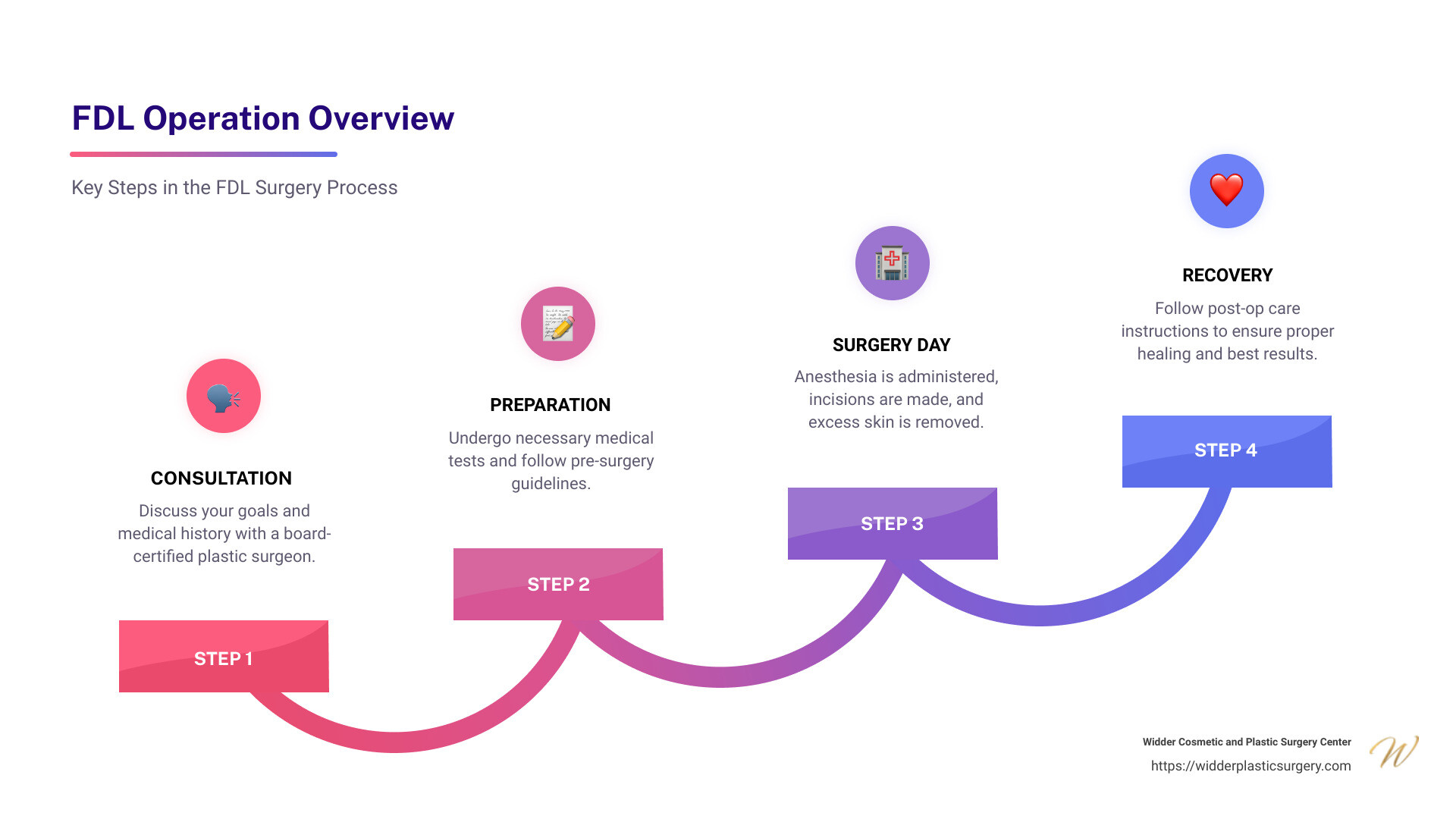
What is FDL Surgery?
Fleur-de-Lis (FDL) surgery, also known as fleur-de-lis abdominoplasty, is a specialized type of tummy tuck designed to remove excess skin and fat from both the vertical and horizontal planes of the abdomen. This method is particularly beneficial for those who have experienced significant weight loss and are left with loose, sagging skin that affects their confidence and mobility.
The Fleur-de-Lis Technique
The term “fleur-de-lis” comes from the pattern of the incisions made during the surgery, which resemble the shape of the fleur-de-lis symbol. This technique involves making two primary incisions:
- Horizontal Incision: This runs from hip to hip, similar to a traditional tummy tuck.
- Vertical Incision: This goes from the lower abdomen up to the breastbone.
These dual incisions allow for the removal of a greater amount of excess skin, providing more transformative results compared to a standard tummy tuck.
Why Opt for FDL Surgery?
The FDL operation is particularly effective for patients who have lost a significant amount of weight, whether through bariatric surgery or lifestyle changes. Traditional tummy tucks may not adequately address skin laxity in both the upper and lower abdomen. FDL surgery, however, tackles this issue head-on, offering a more comprehensive solution.
Anna, a patient who opted for FDL surgery after losing substantial weight, shared her experience:
“Initially, I was a little shocked by the idea of having an additional vertical incision, but I trusted my surgeon’s explanation and knew the FDL was the correct procedure for me.”
“Initially, I was a little shocked by the idea of having an additional vertical incision, but I trusted my surgeon’s explanation and knew the FDL was the correct procedure for me.”
What to Expect
- Incisions: Both horizontal and vertical, allowing for extensive skin removal.
- Fat Removal: While the primary focus is on skin removal, some fat may also be removed if necessary.
- Muscle Tightening: The abdominal muscles are often tightened, especially if there is muscle separation (diastasis recti).
Benefits and Considerations
- Comprehensive Skin Removal: Addresses both vertical and horizontal skin laxity.
- Improved Contour: Results in a flatter, more toned abdomen.
- Scarring: While the scars are more noticeable than those from a traditional tummy tuck, many patients find the trade-off worthwhile.
Anna’s journey highlights the physical and emotional benefits of the procedure. Her story underscores the transformative impact of the FDL operation on both appearance and quality of life.
Next, we’ll dive into the recovery and aftercare process to ensure you know what to expect post-surgery.
FDL vs. Traditional Tummy Tuck
Horizontal Incision
In a traditional tummy tuck, a single horizontal incision is made along the bikini line, extending from hip to hip. This incision allows the surgeon to remove excess skin and fat from the lower abdomen and tighten the abdominal muscles.
However, the FDL operation takes it a step further. In addition to the horizontal incision, a vertical incision is made from the rib cage down to the bikini line. This dual-incision approach enables the removal of more skin, especially beneficial for those with significant weight loss.
Vertical Scar
One of the defining features of the FDL tummy tuck is the vertical scar. This scar runs up the midline of the abdomen, in addition to the horizontal scar along the lower abdomen. While this may sound daunting, many patients, like Anna, find the trade-off worthwhile.
“Initially, I was a little shocked by the idea of having an additional vertical incision, but I trusted my surgeon’s explanation and knew the FDL was the correct procedure for me,” Anna shared.
Over time, with proper care and scar management, these scars can fade and become less noticeable.
Skin Laxity
Traditional tummy tucks effectively address skin laxity in the lower abdomen. However, they often fall short for those with loose skin in both the upper and lower abdomen. This is where the FDL procedure shines.
By making both horizontal and vertical incisions, the FDL operation can remove excess skin from a larger area. This is particularly useful for patients who have lost a significant amount of weight and have sagging skin in multiple directions.
Waistline Narrowing
One of the standout benefits of the FDL tummy tuck is its ability to narrow the waistline. The vertical incision allows the surgeon to pull the skin tighter from the sides, creating a more contoured and slimmer appearance.
Anna’s experience is a testament to this benefit.
“The FDL was the correct procedure for me. It pulled in my waist and gave me the shape I always wanted,” she noted.
By addressing both vertical and horizontal skin laxity, the FDL tummy tuck offers a more comprehensive solution for achieving a toned and sculpted abdomen.
Next, we’ll dive into the recovery and aftercare process to ensure you know what to expect post-surgery.
The FDL Surgery Process
Preparation
Preparing for an FDL operation involves several steps to ensure your safety and the best possible outcomes. Patients are advised to quit smoking at least four months prior to surgery. Smoking can interfere with the healing process and increase the risk of complications. Maintaining a balanced diet and regular exercise routine can also help you achieve optimal fitness before the procedure.
Anna, who shared her journey online, emphasized the importance of preparation:
“I quit smoking, went to the gym consistently, and ate nutritious food to get my body ready for the surgery,” she said.
Anesthesia
On the day of the surgery, general anesthesia is administered to ensure you are comfortable and pain-free throughout the procedure. This means you will be completely asleep and unaware of the surgery as it happens.
Incisions
The FDL procedure requires two incisions: a horizontal one across the lower abdomen from hip to hip, and a vertical incision extending from the rib cage down to the bikini line. These incisions allow the surgeon to remove excess skin and fat both vertically and horizontally, providing a more comprehensive contouring of the abdomen.
Muscle Repair
Once the incisions are made, the surgeon will lift the abdominal skin to access the underlying muscles. Weakened or separated abdominal muscles are repaired and tightened using sutures. This step is crucial for creating a firmer and flatter abdominal wall.
Skin Tightening
After the muscle repair, the remaining skin is pulled down and towards the center, effectively tightening it. The excess skin is then trimmed away. The belly button is also repositioned to ensure it sits naturally on the newly contoured abdomen. Finally, the incisions are closed using sutures, skin adhesives, or clips.
Anna described her experience waking up from the surgery:
“I was very emotional when I woke up. My internal monologue was saying, ‘You did it, Anna! The skin is gone. Your life has changed forever!’”
Next, we’ll dive into the recovery and aftercare process to ensure you know what to expect post-surgery.
Recovery and Aftercare
Healing Time
Recovery from an FDL operation can be a journey with ups and downs. It generally takes several weeks to feel back to normal. Many people find the first week the toughest, with days 5 and 6 often being the hardest due to the initial adrenaline wearing off. Anna, who shared her experience online, mentioned that by the second week, she was moving around more and even doing some light tasks herself.
Compression Garments
Compression garments are an essential part of the recovery process. They help reduce swelling, support healing tissues, and contour the body to its new shape. Anna highly recommended the Lipoelastic KPlus binder and the VH Variant garment for their adjustability and comfort. She also found the KPad useful for extra protection, especially when out in public.
Activity Restrictions
For the first few weeks after surgery, it’s crucial to avoid strenuous activities. Light walking is encouraged to promote blood circulation and prevent blood clots. However, heavy lifting and intense workouts should be avoided until your doctor gives you the green light, usually around the four to six-week mark. Anna emphasized the importance of listening to your body and not rushing the recovery process.
Follow-up Appointments
Follow-up visits are a critical part of the aftercare process. Your first visit will likely be scheduled within a week after your procedure. During these appointments, your surgeon will check your healing progress, address any concerns, and remove any stitches if necessary. These visits are your opportunity to ask questions and get professional advice on how to handle your recovery phase.
By adhering to these guidelines and following your surgeon’s instructions, you can help ensure a safe and successful recovery from your FDL operation.
Next, we’ll answer some frequently asked questions about the FDL tummy tuck to give you a better understanding of what to expect.
Frequently Asked Questions about FDL Surgery
What is the difference between a tummy tuck and a FDL surgery?
A traditional tummy tuck, also known as abdominoplasty, involves a horizontal incision from hip to hip. This procedure primarily targets excess skin and fat in the lower abdomen.
In contrast, a Fleur de Lis (FDL) surgery uses both horizontal and vertical incisions. This makes it more effective for removing excess skin in both horizontal and vertical directions. It’s ideal for those who have lost significant weight and have loose skin all over the abdomen.
Case Study: Anna, who lost a lot of weight, had both upper and lower abdominal laxity. A standard tummy tuck wouldn’t address her upper abdomen, so her surgeon recommended the FDL surgery. Initially hesitant about the vertical scar, Anna found the results life-changing.
How long does FDL surgery take?
The duration of an FDL operation can vary based on the complexity and the amount of excess skin to be removed. On average, the surgery lasts between 3 to 5 hours.
Tip: It’s important to prepare for a longer surgery time and plan accordingly for your post-operative care. Ensure you have a strong support network to help you during the recovery phase.
What is a medical FDL?
A medical Fleur de Lis (FDL) surgery is a specialized form of abdominoplasty. It’s often recommended for patients who have lost a large amount of weight and have excess skin in both the vertical and horizontal planes.
This procedure not only removes the excess skin but also tightens the abdominal muscles, providing a more toned and contoured appearance.
Quote: Anna says, “The FDL surgery was the right choice for me. It addressed all the loose skin I had and gave me a flat, firm abdomen.”
Next, we’ll explore the transformative benefits of an FDL tummy tuck and personalized care at Widder Cosmetic and Plastic Surgery Center.
Conclusion
Choosing an FDL tummy tuck can be a life-changing decision. This procedure offers transformative benefits that go beyond just physical appearance. For many, it’s about reclaiming confidence and feeling comfortable in their own skin after significant weight loss.
Transformative Benefits:
- Enhanced Contour: The FDL tummy tuck addresses both horizontal and vertical excess skin, giving you a smoother, more toned midsection.
- Improved Confidence: Patients often feel more confident in their clothing and daily activities.
- Functional Benefits: Tightening the abdominal muscles can improve posture and reduce back pain.
Personalized Care:
At Widder Cosmetic and Plastic Surgery Center, we prioritize personalized care to ensure the best outcomes for our patients. Our board-certified surgeons take the time to understand your unique needs and goals. We tailor each treatment plan to provide the most effective and satisfying results.
During your consultation, we’ll discuss your medical history, current health, and aesthetic goals. This allows us to create a customized plan that’s right for you. Our team will guide you through every step of the process, from pre-surgery preparations to post-surgery recovery.
We understand that undergoing surgery can be daunting. That’s why we’re committed to providing compassionate and comprehensive care. Our goal is to make your journey as smooth and comfortable as possible.
Ready to take the next step? Contact us today to schedule your consultation and start your journey to a more confident you.
By choosing Widder Cosmetic and Plastic Surgery Center, you’re partnering with experts dedicated to helping you achieve the results you’ve always dreamed of. Let’s transform your body and boost your confidence together.

